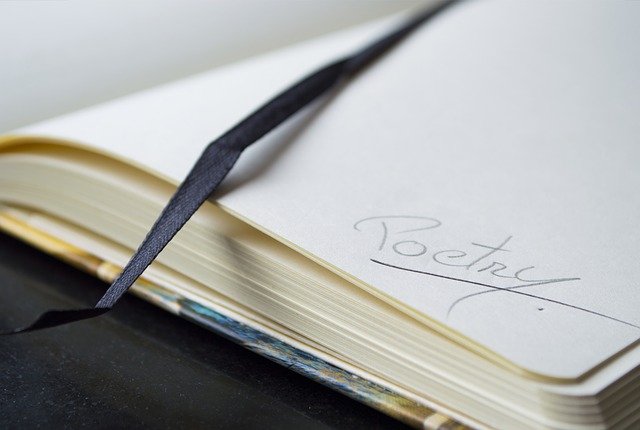Figurative Language in Poetry - An Analysis of Poetry Using Figurative Language
Become a Master:
Mastering figurative language not only will score you A’s on your poetry exams, but can serve you well later on in life, especially if you decide to become a lawyer. Below we will give examples of and discuss figurative language in poetry. [caption id=“attachment_130143” align=“aligncenter” width=“640”]
- Recognize and master the many types of figurative language used in poetry:
- metaphor - a comparison between two seemingly unlike things. Examples of poems containing metaphors abound.
- simile - a comparison between two seemingly unlike things using like or as. Examples of poems containing similes abound.
- personification - giving human characteristics to inanimate objects. Examples of poems using personification abound.
- allusion - a reference to a famous person, event, or other literary work. Examples will follow.
- apostrophe - a speech given to an inanimate object, an idea, or someone who is dead. Examples will follow.
- hyperbole - a deliberate exaggeration. Examples will follow.
- meiosis - a deliberate understatement. Examples will follow.
- pun - when a word or phrase is used with two different meanings.
- You should be able to identify examples of figurative language in poetry on your own.
- You should be able to explain the purpose for the figurative language and analyze how it contributes to the theme of the poem.
- You should be able to write poetry using figurative language.
- You should be able to use figurative language in your own writing to communicate more clearly.
Once you are able to own figurative language and use it to present your ideas clearly, you can become a master of language. Let’s begin by analyzing the following examples to test your newly found skills.
Examples of Figurative Language in Poetry
Poem: “The Raven” by Edgar Allan Poe Figure of Speech: Allusion Examples: Pallas Athena, Greek goddess of war and wisdom; The Night’s Plutonian Shore, a reference to the underworld in Roman Mythology; Balm of Gilead, a reference to the book of Job in the Old Testament; The raven, a mystical mythological bird. Analysis: “The Raven” is a melancholy poem, and what could be more melancholy than a raven, a pitch black, magical bird that portends death, arriving from Pluto’s realm in the underworld. The bust of Pallas on which the raven alights adds to the ancient feel to the narrator’s tale. His question, “Is there balm in Gilead?” alludes to Job from the Old Testament, who suffered the insufferable and hints at the internal pain suffered by the narrator on account of Lenore’s death. For a more complex poem using allusion, try “The Love Song of J. Alfred Prufrock” by T.S. Eliot.
Poem: “Red, Red Rose” by Robert Burns
Figure of Speech: Hyperbole
Example: The entire poem
Analysis: Nothing suits hyperbole more than a love poem. Burns claims he will love his “bonnie lass” till all the seas dry up, the rocks melt with the sun, and the sands of life run dry. Wow! He also claims he would walk 10,000 miles to see his true love again.
For another example, check out “Auguries of Innocence” by William Blake Poem: “Ode on a Grecian Urn” by John Keats
Figure of Speech: Apostrophe
Example: THOU still unravish’d bride of quietness, / Thou foster-child of Silence and slow Time, / Sylvan historian, who canst thus express / A flowery tale more sweetly than our rhyme:
Analysis: Keats begins the ode by directly addressing the artist who painted the picture on the urn. He comments on the art and questions the images throughout the poem.
Try another ode if you need more examples. Poem: “Fire and Ice” by Robert Frost
Figure of Speech: Meiosis
Example: But if it had to perish twice, / I think I know enough of hate / To say that for destruction ice / Is also great / And would suffice.
Analysis: The entire poem’s understatement is emphasized with its last word, suffice, which means to be adequate. The destruction of the world, however, would take more than an adequate disaster.
cromaconceptovisual from Pixabay
This post is part of the series: Analyzing the Elements of Poetry
Impress your friends and teachers with your knowledge of poetry.
